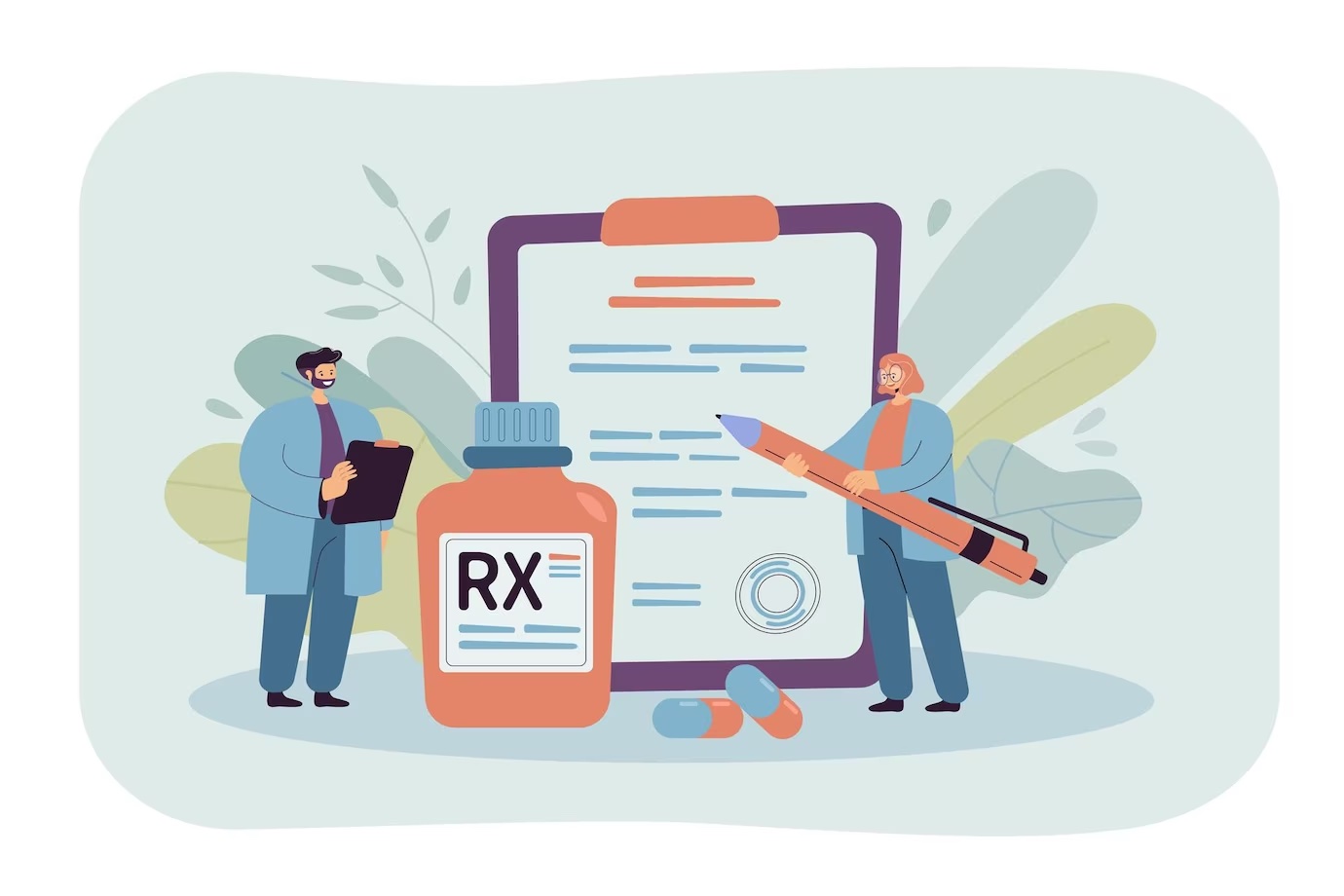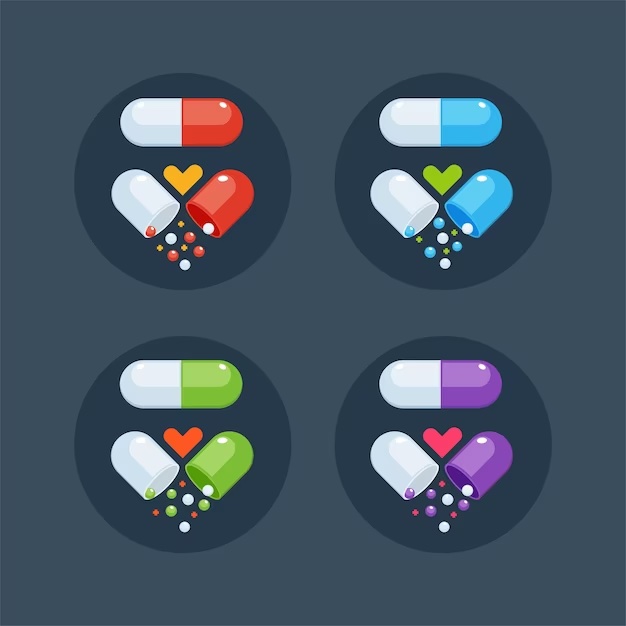Prescription medications are an essential part of modern healthcare. They help us treat various medical conditions and illnesses, from minor ailments to life-threatening diseases. However, most of us don’t know much about the ingredients in our medications, how they work, and how they keep us healthy. In this article, we’ll take a closer look at the ingredients behind prescription medications and explore their functions in the human body.

What are Prescription Medications?
Prescription medications are drugs available only with a valid prescription from a licensed healthcare professional. They are usually formulated with specific active ingredients that target particular medical conditions. These medications can be used to treat a wide range of illnesses, from bacterial infections to chronic diseases such as diabetes and hypertension.
Understanding Active Ingredients
The active ingredient in a medication is the chemical compound that produces the desired therapeutic effect. For example, in antibiotics, the active ingredient may be penicillin or amoxicillin, which helps kill bacteria. In antidepressants, the active ingredient may be fluoxetine or sertraline, which helps alleviate symptoms of depression.
Each active ingredient has a specific mechanism of action that helps it produce the desired effect in the body. For example, proton pump inhibitors (PPIs), such as omeprazole, work by blocking the production of stomach acid, which helps reduce the symptoms of gastroesophageal reflux disease (GERD).

Understanding Inactive Ingredients
Inactive ingredients, also known as excipients, are the components of a medication that do not have a therapeutic effect but are necessary for the formulation and administration of the drug. Inactive ingredients can include fillers, binders, coatings, preservatives, and flavors.
Fillers are added to medications to give them bulk and volume, making them easier to handle and package. Binders hold the active ingredient and the filler together, forming a tablet or capsule.
Coatings are applied to tablets to protect the active ingredient from moisture or degradation in the stomach. Preservatives are added to medications to prevent bacterial growth and extend their shelf life. Flavors help to mask the unpleasant taste of some medications.
Example: Hydrochlorothiazide
Hydrochlorothiazide is an example of a prescription medication commonly used to treat hypertension (high blood pressure) and edema (fluid retention) in the body. It is a diuretic, which means it helps increase the amount of urine produced by the kidneys, which in turn helps reduce the amount of excess fluid in the body.
Hydrochlorothiazide contains the active ingredient hydrochlorothiazide and may contain various inactive ingredients depending on the brand and formulation. For example, some brands may include lactose, corn starch, and magnesium stearate.
If you’re looking to save money on your prescription of Hydrochlorothiazide, you may want to consider using a Hydrochlorothiazide coupon. These coupons can help you reduce the cost of your medication and make it more affordable. You can often find these coupons online or through your healthcare provider. However, be sure to speak with your healthcare professional before making any changes to your medication or treatment plan.
Understanding the Importance of Ingredients
It’s essential to understand the ingredients in your medications to ensure that you’re using them correctly and safely. Knowing the active ingredients can help you understand how the medication works, its potential side effects, and how it may interact with other drugs you’re taking. Understanding the inactive ingredients can help you identify any potential allergies or intolerances and choose the right formulation for your needs.

Conclusion
Prescription medications are a critical component of modern healthcare, and understanding their ingredients is essential to ensuring their safe and effective use. Whether it’s an active ingredient or an inactive ingredient, each component plays a vital role in the formulation and administration of the medication.
So the next time you pick up a prescription medication, take a moment to read the label and understand what’s behind the scenes.

